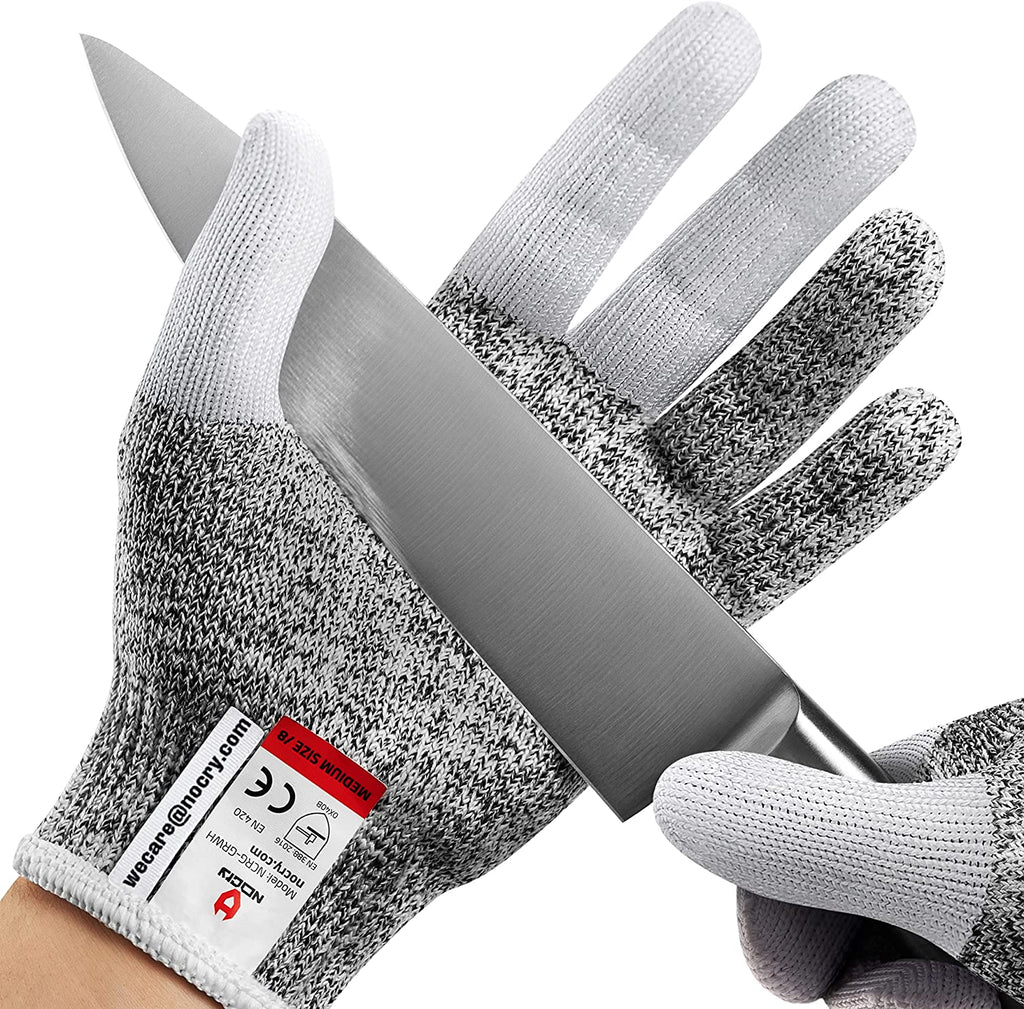The chef knife is one of the most essential tools in any kitchen. Whether you're a professional chef or an enthusiastic home cook, knowing how to use a chef knife can make your cooking experience not only more efficient but also more enjoyable. This article will guide you through the ins and outs of using a chef knife so you can become more confident and effective in your kitchen.

Understanding Your Chef Knife
Before you start using a chef knife, it's crucial to understand its design and functionality. A typical chef knife has a wide blade that tapers to a point, making it versatile for a variety of tasks. The blade's curve allows for smooth rocking motions, perfect for chopping, slicing, and dicing.
Types of Chef Knives
- 8-Inch Chef Knife: Standard size for most tasks
- 6-Inch Chef Knife: Ideal for smaller hands or precision work
- 10-Inch Chef Knife: Great for handling larger quantities of food
The Anatomy of a Chef Knife
Understanding the parts of a chef knife can help you use it more effectively. Here are the main components:
- Blade: The cutting edge of the knife
- Heel: The rear part of the blade, used for cutting through tough foods
- Spine: The top, non-cutting edge of the blade
- Tip: The pointed end of the blade, used for precision cuts
- Bolster: The thick junction between the blade and the handle, offering balance and safety
- Handle: The part of the knife you grip

Proper Grip and Technique
Knowing how to hold a chef knife correctly is fundamental for both safety and efficiency. There are two main grips you can use:
The Pinch Grip
The pinch grip involves pinching the blade between your thumb and index finger while wrapping your remaining fingers around the handle. This method provides more control and precision.
The Handle Grip
The handle grip involves wrapping all your fingers around the handle. While it offers a firm hold, it doesn't provide as much control as the pinch grip.

Cutting Techniques
Once you've mastered the grip, it's time to learn some essential cutting techniques:
Chopping
Chopping involves cutting food into larger pieces using a quick, downward motion. This is ideal for items like vegetables and herbs.
Slicing
Slicing requires a back-and-forth sawing motion to create thin, even pieces. This technique is perfect for meats and fruits.
Dicing
Dicing involves cutting food into small, uniform cubes. It's commonly used for vegetables like onions and peppers.
Julienning
Julienning is the art of cutting food into matchstick-sized pieces. This technique is often used for carrots and other firm vegetables.
Maintaining Your Chef Knife
A well-maintained chef knife not only lasts longer but also performs better. Here are some tips for keeping your knife in top condition:
Sharpening
Regularly sharpening your knife is essential for maintaining its edge. You can use a whetstone, honing rod, or a professional sharpening service.
Cleaning and Storage
Always hand wash your knife with mild soap and water. Avoid putting it in the dishwasher, as this can dull the blade. Store your knife in a knife block or on a magnetic strip to keep it safe and sharp.
FAQ
How often should I sharpen my chef knife?
It's recommended to sharpen your chef knife every 4-6 months, depending on how often you use it.
What's the best way to clean a chef knife?
Hand wash your chef knife with mild soap and water, and dry it immediately to prevent rusting.
Can I use a chef knife for all kitchen tasks?
While a chef knife is versatile, it's not ideal for every task. For example, use a paring knife for intricate work and a serrated knife for bread.
For more chef knife tips and tutorials, you can visit Chef Knife Fanatics.
Also, be sure to check out our other articles: Victorinox Fibrox Pro, Nakiri Knife Cutting, and How to Cut.
For some more practical tips, check out this excellent guide on knife skills for complicated fruits and veggies.
As an Amazon Associate, I earn from qualifying purchases.


























